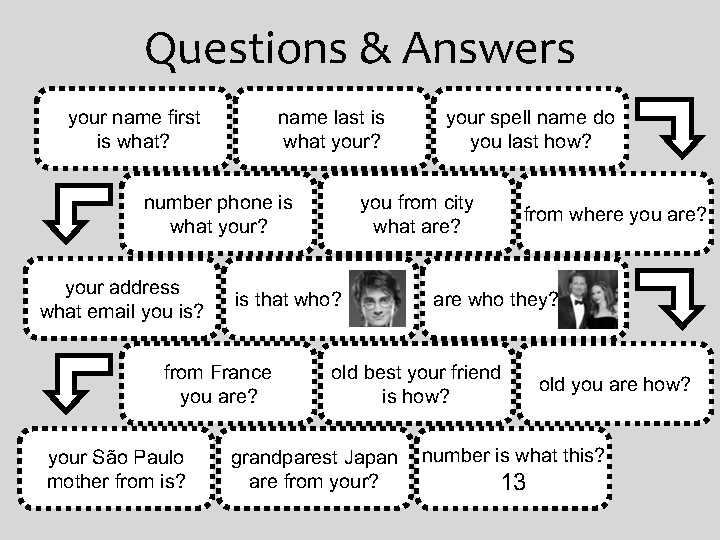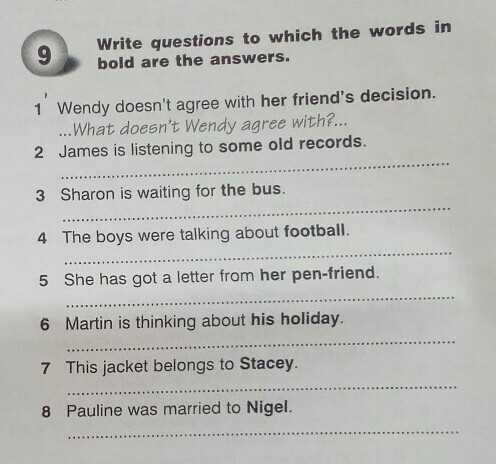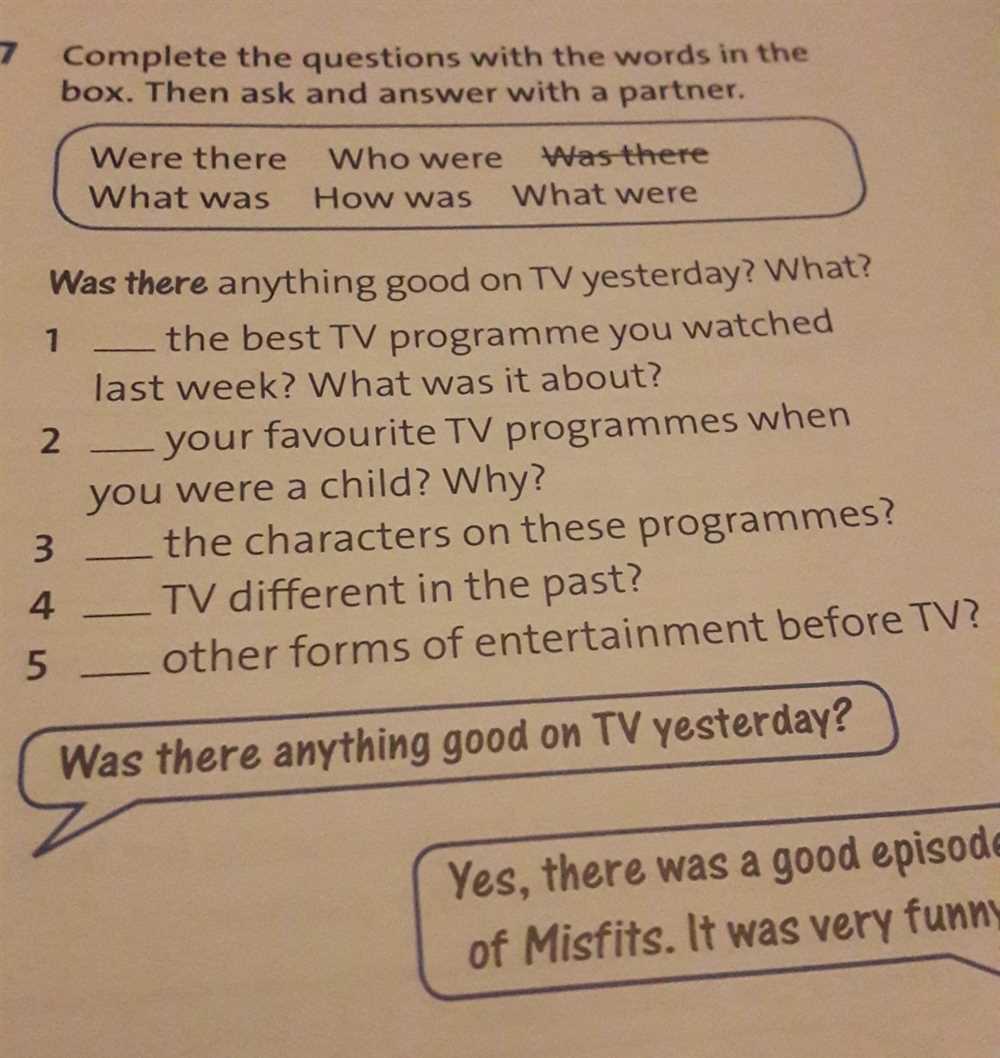
The story “The Last Spin” raises numerous thought-provoking questions, addressing themes of violence, loyalty, and the power dynamics in a gang. Written by Evan Hunter, this gripping tale delves into the lives of two rival gang members who are forced to play a life-or-death game, showcasing the harsh realities of their existence.
One of the central questions that “The Last Spin” prompts readers to consider is the nature of violence. The story examines the reasons behind the characters’ involvement in gangs and the consequences it brings. As readers explore the intense and volatile interactions between the two protagonists, they are left wondering about the motivation behind their actions and whether violence can ever truly solve the problems they face.
Additionally, “The Last Spin” explores the theme of loyalty and its limits. The characters find themselves torn between their allegiance to their gang and the bond they form with each other during the high-stakes game. This raises questions about the concept of loyalty and forces readers to contemplate where one’s true allegiances lie when faced with difficult choices and circumstances.
Furthermore, the power dynamics within a gang are a significant aspect of the story. The conflicting power struggles between the two characters shed light on the ways in which authority is established and maintained within such an environment. Readers are left contemplating the impact of power and the lengths individuals will go to exert control over others, even at the risk of their own safety.
In conclusion, “The Last Spin” presents readers with a multitude of questions, challenging their beliefs and prompting them to reflect on the themes of violence, loyalty, and power dynamics. Through its vivid storytelling and compelling characters, this story forces us to think critically about the consequences of our actions and the choices we make in life.
The Last Spin Questions and Answers

In “The Last Spin,” the story revolves around two young men, Tigo and Dave, who find themselves on opposite sides of a gang conflict. The two are forced to play a deadly game of Russian roulette, where only one can walk away alive. Throughout the story, readers are left with many questions about the characters’ motivations and the larger theme of senseless violence.
One of the key questions that arises in “The Last Spin” is what drives Tigo and Dave to join gangs in the first place. The story hints at the influence of their environments and the desire for power and respect. Both characters are portrayed as victims of circumstance, caught in a cycle of violence that they seem unable to escape. This raises the question of whether individuals are truly responsible for their choices when they are born into such harsh conditions.
Another pressing question in the story is whether Tigo and Dave’s friendship can survive the game they are forced to play. From the beginning, the two characters are shown to have a deep bond, forged through shared experiences and a mutual understanding of their lives. However, as the tension rises and the game becomes increasingly life-threatening, readers are left wondering if their friendship will ultimately crumble under the weight of the circumstances they find themselves in.
The larger theme of senseless violence is also explored in “The Last Spin.” The story provokes questions about the futility of gang warfare and the toll it takes on those involved. The author challenges readers to consider the consequences of such violence and the potential for change and redemption. The ending of the story, where Tigo and Dave defy expectations and choose not to harm each other, raises the question of whether it is possible to break the cycle of violence and create a different path.
In conclusion, “The Last Spin” raises thought-provoking questions about the motivations of its characters, the strength of their relationships, and the larger theme of senseless violence. By exploring these questions, readers are challenged to reflect on the impact of their choices and the possibility of positive change in even the most dire circumstances.
What is “The Last Spin”?
“The Last Spin” is a short story written by Evan Hunter, which was later adapted into a television episode for the series “The Twilight Zone.” The story revolves around two teenage boys, Tigo and Dave, who are members of rival gangs. Both gangs have been engaged in a violent and deadly feud for some time.
In “The Last Spin,” Tigo and Dave find themselves alone in a basement, representing their respective gangs. They are selected to participate in a final game of Russian roulette, where only one of them will come out alive. The story explores the themes of loyalty, violence, and the consequences of actions.
Tigo is a member of the Hawks, while Dave represents the Sparrows.
Throughout the story, the two boys engage in a tense dialogue, revealing their fear, desperation, and a glimpse of humanity beneath their tough exteriors. As they play the deadly game, they also reflect on the senselessness of the feud between their gangs and the tragic outcomes it has produced.
The story “The Last Spin” ultimately raises questions about the nature of violence, the choices individuals make, and the potential for change. It forces readers to confront the devastating consequences of hatred and the futility of gang warfare. Overall, “The Last Spin” is a gripping and thought-provoking tale that explores the darkest aspects of human nature.
Who is the author of “The Last Spin”?
“The Last Spin” is a short story written by Evan Hunter, who is also known by his pen name Ed McBain. Evan Hunter was an American author and screenwriter, best known for his crime fiction novels and stories. He was born on October 15, 1926, in East Harlem, New York City. Hunter began his writing career in the 1950s and published his first novel, “The Blackboard Jungle,” in 1954. This novel became a rapid bestseller and was adapted into a successful film.
Hunter’s writing often focused on gritty crime and the human condition, exploring themes of morality, justice, and the complexities of urban life. He was known for his sharp dialogues, compelling characters, and realistic portrayals of crime and its consequences. His work was influential in shaping the modern crime fiction genre, and he is considered one of the pioneers of the police procedural novel.
“The Last Spin” is one of Hunter’s notable short stories, first published in 1959. It tells the story of two teenage gang members, Tigo and Dave, who find themselves in a deadly game of Russian roulette. Through their conversation and the suspenseful game, Hunter delves into themes of violence, choice, and the unpredictable nature of life. The story explores the psychological and emotional impact of gang culture and the consequences of decisions made in the heat of the moment.
The Last Spin: Analyzing the Plot
The short story “The Last Spin” by Evan Hunter revolves around an intense and thought-provoking game of Russian roulette between two rival gang members, Tigo and Dave. The story is set in a basement, where the two protagonists are locked up and forced to play the deadly game by their respective gang leaders.
The plot kicks off with Tigo and Dave’s initial disbelief and anger towards each other. Being members of rival gangs, they are used to confrontations, violence, and a strong sense of loyalty to their own group. However, as the story progresses, their emotions evolve into a mixture of fear, desperation, and a profound desire to survive.
As the game of Russian roulette unfolds, Tigo and Dave begin to realize that their fate is intertwined. Initially, they take turns spinning the cylinder and pulling the trigger, each hoping that the chamber containing the bullet doesn’t align with the firing pin. With each spin, tension rises, and the characters’ inner thoughts and motivations are slowly revealed.
Throughout the story, Hunter explores themes of loyalty, survival, and the consequences of violence. The author forces the characters and readers to face the stark reality of their choices and actions. In the end, “The Last Spin” ultimately leaves the reader questioning the futility of gang warfare and the cycle of violence that perpetuates it.
What is the main theme of “The Last Spin”?
The main theme of “The Last Spin” is violence and the cycle of revenge. The short story, written by Evan Hunter, explores the destructive nature of violence and the consequences it can have on individuals and communities.
The story revolves around two teenage gangs who engage in a deadly game of Russian roulette. The main characters, Tigo and Dave, are members of opposing gangs, and they are chosen to represent their groups in this dangerous game. Throughout the story, it becomes clear that the violence between the two gangs has escalated to a point where they believe that the only way to resolve their conflicts is through a potentially fatal game.
The author uses the game of Russian roulette as a metaphor for the never-ending cycle of violence and revenge. Each spin of the revolver represents a moment where one’s life can be taken away, highlighting the constant danger and uncertainty that comes with violence. The story also explores the psychological toll that violence can have on individuals, as Tigo and Dave both experience fear and anxiety during the game.
Ultimately, “The Last Spin” suggests that violence only leads to more violence and destruction. It highlights the futility of seeking revenge and the need for individuals to break free from the cycle of violence in order to find peace and resolution. Through its exploration of these themes, the story serves as a cautionary tale about the destructive power of violence and the importance of seeking nonviolent solutions to conflicts.
Key Symbols in “The Last Spin”
In the short story “The Last Spin” by Evan Hunter, several key symbols are used to convey deeper meanings and themes. These symbols help to enhance the reader’s understanding of the story and its underlying message. Let’s explore some of these symbols:
The Gun
One of the most prominent symbols in “The Last Spin” is the gun. The gun represents power, control, and the threat of violence. It serves as a reminder of the high stakes and the potential consequences of the characters’ actions. The gun is used as a tool of negotiation and intimidation, symbolizing the volatile nature of their situation.
The Spinning Coin
The spinning coin is another significant symbol in the story. It represents chance, fate, and the unpredictability of life. The characters use the coin to determine their actions, leaving their fate up to luck rather than personal choice. The spinning coin also reflects the characters’ desperation and their willingness to gamble with their lives in order to avoid a violent outcome.
The Cross
The cross symbolizes religion and spirituality in “The Last Spin”. It is prominently displayed on the gang members’ belt buckles and represents their allegiance to their respective groups. The cross also serves as a reminder of the moral conflicts faced by the characters. They must grapple with their own beliefs and values as they navigate the dangerous circumstances they find themselves in.
The Cell
The cell, where the characters meet for their final spin, symbolizes confinement and the cycle of violence. In this small, enclosed space, the characters are forced to confront the consequences of their actions and the fact that they are trapped in a never-ending cycle of retaliation. The cell represents the inevitability of violence in their lives and the impossibility of escape.
Overall, these symbols in “The Last Spin” contribute to the powerful themes of power, chance, morality, and confinement. They add depth and complexity to the story, allowing readers to contemplate the implications of these symbols and the larger social issues they represent.
How does “The Last Spin” relate to real-life situations?

“The Last Spin” is a short story by Evan Hunter that explores the theme of conflict resolution and the consequences of violence. The story revolves around two rival gang members, Tigo and Torres, who are forced to play a deadly game of Russian roulette to determine the fate of their gang. While the story is fictional, its themes and underlying message can be related to real-life situations.
One way in which “The Last Spin” relates to real-life situations is through the portrayal of gang violence. Gang violence is unfortunately a reality in many communities, where young people are drawn into a world of crime and conflict. The story highlights the destructive nature of such violence, showing how it can lead to tragedy and senseless loss of life. This reflects the real-life consequences of gang violence, where innocent individuals are often caught in the crossfire of rivalries.
Another real-life situation that “The Last Spin” relates to is the issue of finding common ground and resolving conflicts peacefully. In the story, Tigo and Torres are initially filled with hatred and a desire for revenge against each other. However, as they play the game of Russian roulette, they come to realize the futility and senselessness of their actions. This mirrors real-life situations where conflicts can be resolved through dialogue, compromise, and understanding.
Overall, “The Last Spin” serves as a cautionary tale about the consequences of violence and the importance of finding peaceful solutions to conflicts. While the story may be fictional, its themes and messages are highly relevant to real-life situations, offering valuable insights into the destructive nature of violence and the potential for resolution through communication and understanding.
Critical Interpretations of “The Last Spin”
“The Last Spin” is a thought-provoking short story that has been analyzed and interpreted from various critical perspectives. One common interpretation focuses on the theme of fate and the characters’ lack of control over their own lives. In the story, the two main characters, Tigo and Dave, are forced to play a deadly game of Russian roulette as a way to settle their gang feud. This interpretation suggests that the story is a commentary on how individuals are often at the mercy of external forces and that their decisions and actions can be determined by circumstances beyond their control.
Another critical interpretation of “The Last Spin” explores the theme of violence and its cyclical nature. Both Tigo and Dave are trapped in a cycle of violence and revenge, constantly trying to one-up each other and gaining temporary satisfaction from each victory. This interpretation highlights the destructive nature of such cycles, suggesting that they serve no purpose other than perpetuating more violence and suffering.
- However, some critics argue that “The Last Spin” is ultimately a story of hope and redemption. Despite the violent nature of their situation, Tigo and Dave find common ground and develop a mutual respect for each other throughout the story. This interpretation suggests that even in the face of seemingly impossible circumstances, human connection and understanding can prevail.
- On the other hand, some critics argue that “The Last Spin” is a cautionary tale about the dangerous consequences of toxic masculinity. The story portrays Tigo and Dave as young men who engage in violence as a way to assert their masculinity and gain respect from their peers. This interpretation suggests that the story is a critique of the harmful societal norms that pressure men to prove their masculinity through aggressive behavior.
In conclusion, “The Last Spin” is a rich and complex short story that invites multiple critical interpretations. Whether it is viewed as a commentary on fate, a reflection on violence, a story of redemption, or a critique of toxic masculinity, the story prompts readers to reflect on the profound themes it presents.